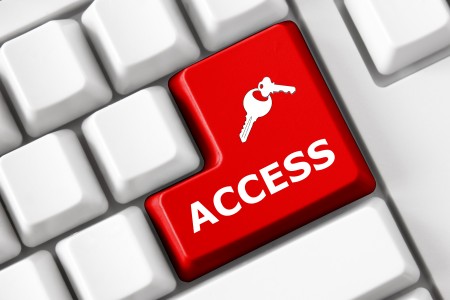Website accessibility is on the rise, but there is still a long way to go. Accessibility involves creating and structuring website content so that it can be effectively navigated, read or experienced by users regardless of a person’s disability, which can be visual, auditory, physical, speech-related, cognitive or neurological.

Australian Government agencies are required and obliged by law, under the Disability Discrimination Act 1992, to ensure that all information and services that are available to the public are provided in a non-discriminatory and accessible manner.
All online content needs to be accessible for those using screen readers and assistive technology as well as different devices whether that is a desktop computer, mobile device or laptop. All content should also be clear, well written and comprehensible by site visitors and those who receive and/or download digital communications from websites, regardless of a person’s educational level, English language skills or cultural background.
Furthermore, Government departments and utilities must have broad compliance with mandated website accessibility standards, under the Australian Government’s adoption and implementation of Web Content Accessibility Guidelines version 2.0 (WCAG 2.0) as part of the Web Accessibility National Transition Strategy (WANTS).
In general, these standards only apply to Australian Government agency websites, intranets and digitally-delivered online materials. However, both Australia and Norway also mandate compliance by commercial enterprises underpinned by anti-discrimination legislation to protect the 20% of people with a disability.
Yet the technical standards that are necessary to comply with the law for businesses are not fully specified. As a result, they are open to interpretation and of course, possible litigation from those people and groups who are excluded by web and digital inaccessibility.
Organisations such as Media Access Australia can provide guidance in order to increase inclusion and mitigate risk, which is an important consideration, particularly when the number one discrimination complaint category to the Anti-Discrimination Board of NSW so far in the 2016 calendar year was for disability at 29%. There were twice as many disability discrimination complaints than race-related complaints, and three times as many as gender-related complaints.
The WANTS strategy sets a course for improved web services, paving the way for a more accessible and usable web environment that will more fully engage with, and allow participation from, all people within Australian society. And the move to greater accessibility around the world is increasing.
Internationally, the adoption of WCAG 2.0 is progressing steadily and becoming increasingly important as more and more countries sign up to this global accessibility standard.
In addition to Australia, the Governments of Canada, France, Germany, Hong Kong, India, Italy, Ireland, Israel, Japan, Netherlands, New Zealand, Norway, Spain and the UK have already adopted WCAG 2.0, with many other countries including Thailand and Vietnam moving towards implementation.
In the US, Section 508 continues to be reconfigured to more closely align with the WCAG 2.0 guidelines, while the European Commission has moved to WCAG 2.0 as a European Government standard.
These countries and quite a few others realise the importance of web accessibility. Yet according to the UN’s Global Initiative for Inclusive ICTs 60% of countries they surveyed in May 2016 have no website accessibility policy whatsoever. So on a global scale, there is still much work to be done.
For more information on how to ensure that what you are doing online is accessible and meets the WCAG 2.0 requirements, you can email the Media Access Australia digital accessibility consulting team or call (02) 9212 6242. The team can assist your organisation with web audits, digital accessibility maturity assessments, document remediation, and more.
